Here we can provide you with all calibration solutions such as (Temperature, Pressure, Weight …..etc) . Aslo we have the Torque measurement system to prevent your ship from breakdown cost. The flowmeters and vibrations sensors are very important to provide you with accurate measuring .
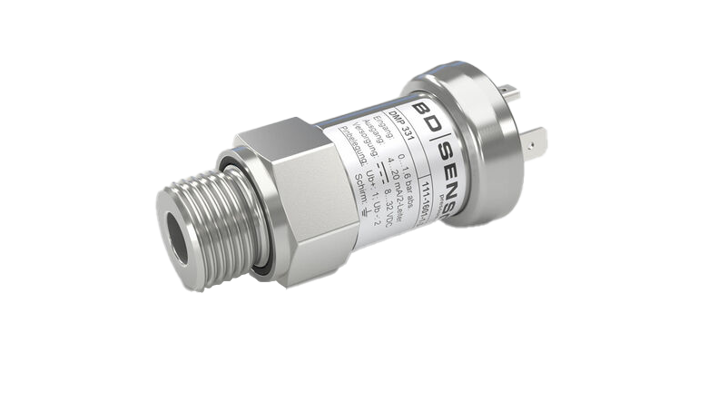
Pressure transmitter
DMP 331
The DMP 331 pressure transmitter from BD Sensors can be used in all industrial areas when the medium is compatible with stainless steel 1.4404 (316 L) or 1.4435 (316 L). Moreover, the transmitter is available with different elastomer seals as well as a helium tested welded version available.
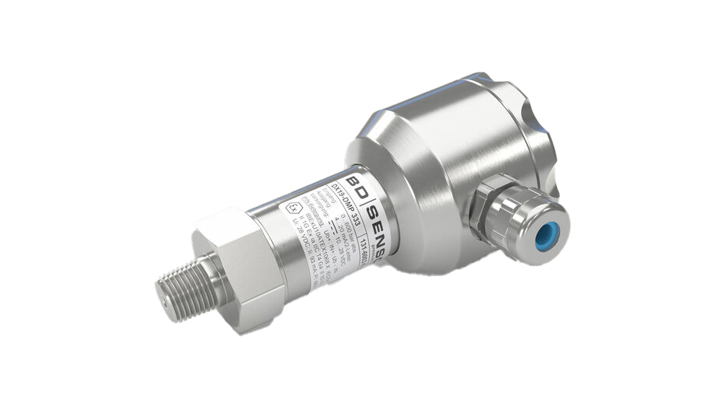
Pressure transmitter
DMP 333
The DMP 333 pressure transmitter from BD Sensors has been specifically designed for hydraulic applications with high static and dynamic pressure. The transmitter is characterized by an exceptional long-term stability, also under fast changing pressure as well as positive and negative pressure peaks.
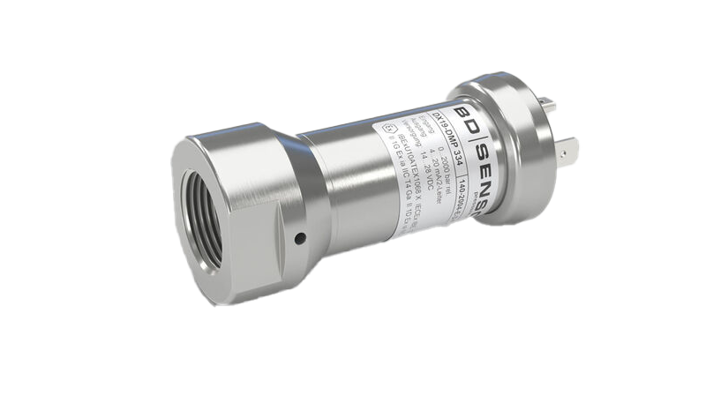
Pressure transmitter
DMP 334
The DMP 334 from BD Sensors is an industrial pressure transmitter that has been specifically designed for use in hydraulic systems up to 2200 bar. The base element of DMP 334 is a thin film sensor, that is welded with a pressure port and meets the highest demands of foolproofness and reliability.

Pressure transmitter
DMP 335
The DMP 335 from BD Sensors is an industrial pressure transmitter that is based on a stainless steel welded pressure sensor without fluid. This characteristic gives you the special advantage of being able to use the DMP 335 in applications where silicon oil or elastomeric seals cannot be used.
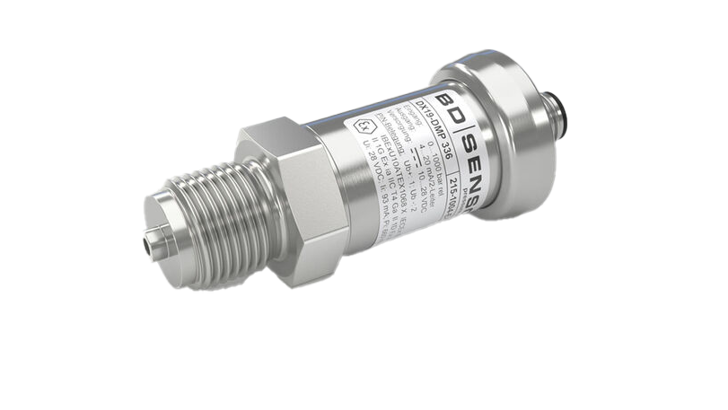
Pressure transmitter
DMP 336
The DMP 336 from BD Sensors is an industrial pressure transmitter that is specifically developed for hydrogen applications. However, it is also excellent for other technical gases (e.g. oxygen). This is a possibility if you use an alloy based on 316L which prevents hydrogen embrittlement of the media-wetted parts.
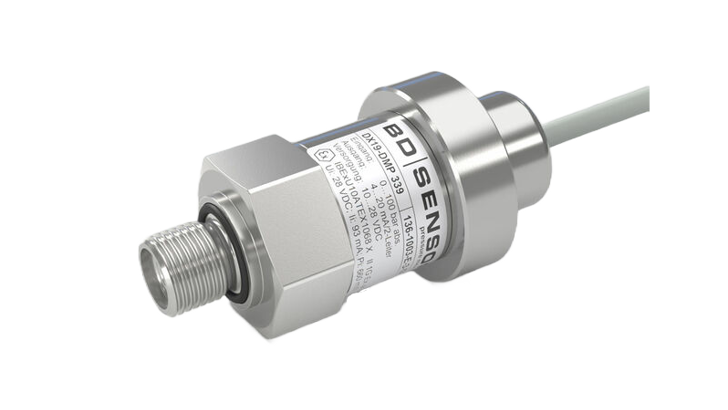
Pressure transmitter
DMP 339
The DMP 339 industrial pressure transmitter from BD Sensors features a G ¼" flush pressure port and was specifically designed for usage in a range of machinery including metering systems. This transmitter is perfect for measuring the pressure of viscous and pasty media, as only a small dead space is created.
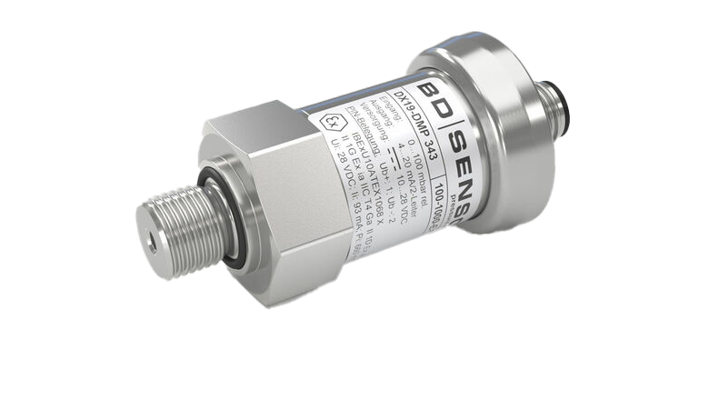
Pressure transmitter
DMP 343
The DMP 343 pressure transmitter from BD Sensors is specifically designed for the measurement of very low gauge pressure and is perfect for vacuum applications. The transmitter features outstanding thermal behavior and remarkable long-term stability.
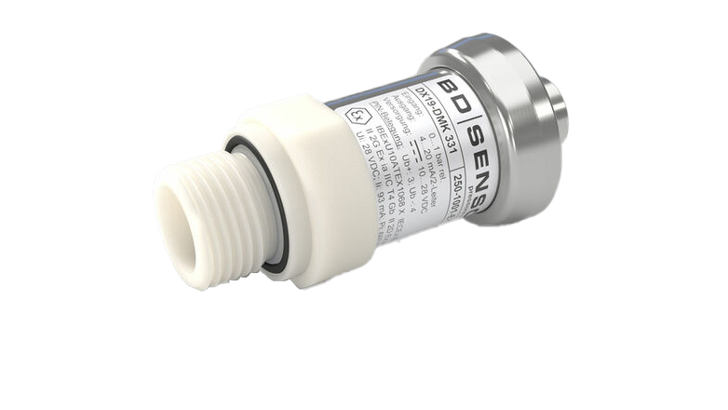
Pressure transmitter
DMK 331
The DMK 331 industrial pressure transmitter from BD Sensors with ceramic sensor has been specifically designed for pasty, polluted or aggressive media as well as for oxygen applications at low pressure range.
No results found
Marine Instruments
The importance of using proper instrumentation Electrical and mechanical instrumentation invovles design, control and implementation of devices that can measure physical quantities. There is a huge amount of thought behind the proper instrument and installation choices for each small or larger measuring point. All vessels generally use state of the art instrumentation and equipment to manage everything from the engines, steering and navigation system. When the equipment malfunctions it can have a huge impact on the operational efficiency and can cause massive downtime that can put the vessel behind schedule. A broken viscoity sensor can cause wrong engine combustion, wrong additive dosing can reduce fuel efficency or worse; lubrication properties of various lubration oils. A ballast that isnt filled appropriately after loading can impact vessel stability and leaks and dangerous pressure levels in fuel tanks can impact enginre operation or even lead to disaster.
Proper Use of the Correct Instrumentation Is Important
– a Sensor Is Not Just a Sensor
Today’s fleet is generally becoming highly sophisticated operations with equally sophisticated equipment on board. And controlling all this sophisticated equipment correctly and preventing breakdowns is crucial to a smooth and cost-effective operation. Choosing the correct instrument for measuring the processes on board is not only a good idea seen from a practical aspect, but investing the time and possibly a little extra money on instrumentation that is ideal for the task, can ultimately save the vessel both cost and unnecessary interference for the crew on board.
Measurements are used all over the modern ship in order to keep equipment running at optimum conditions. Everything from critical installations such as main engines, auxiliary engines, steering and navigation to other installations such as cranes, cargo pumps and wastewater handling can and should be monitored with optimization in mind. Optimization of processes on board a ship can contribute to better earnings and lower emissions – even if the realized optimization is only constituted by fewer unplanned interruptions such as maintenance works and breakdowns.
A malfunctioning viscosity sensor can cause lower exploitation of the fuel due to wrongful combustion; a hydraulic failure on a crane can cause delay in port operations and interrupt the planned schedule; incorrect ballast control can impact vessel stability and trim causing anything from slightly lower performance to accidents and undetected leaks in cargo and fuel tanks can cause dangerous situations or even lead to disaster.
Choosing the correct instrument for a specific task can be challenging, as a myriad of variations of a single instrument often exist. And just going by the most expensive option or for something that has been recommended, is not always the right way, as the process and media in which the instrument should be installed is what determines what measurement principle and setup should be chosen. Degradation is caused very differently based on what the instrument is exposed to, and one instrument suited for one place on board might be unsuitable for another; a different pressure might cause inaccurate reading or mechanical failure and a different media could do the same.
Across the specialists at Insatech, we have the knowledge and experience to find the right instrument for your specific application as well as we can guide you to install it correctly. Making your operation as smooth and efficient as possible is always our goal with our counselling and services, as your success leads to our success!
